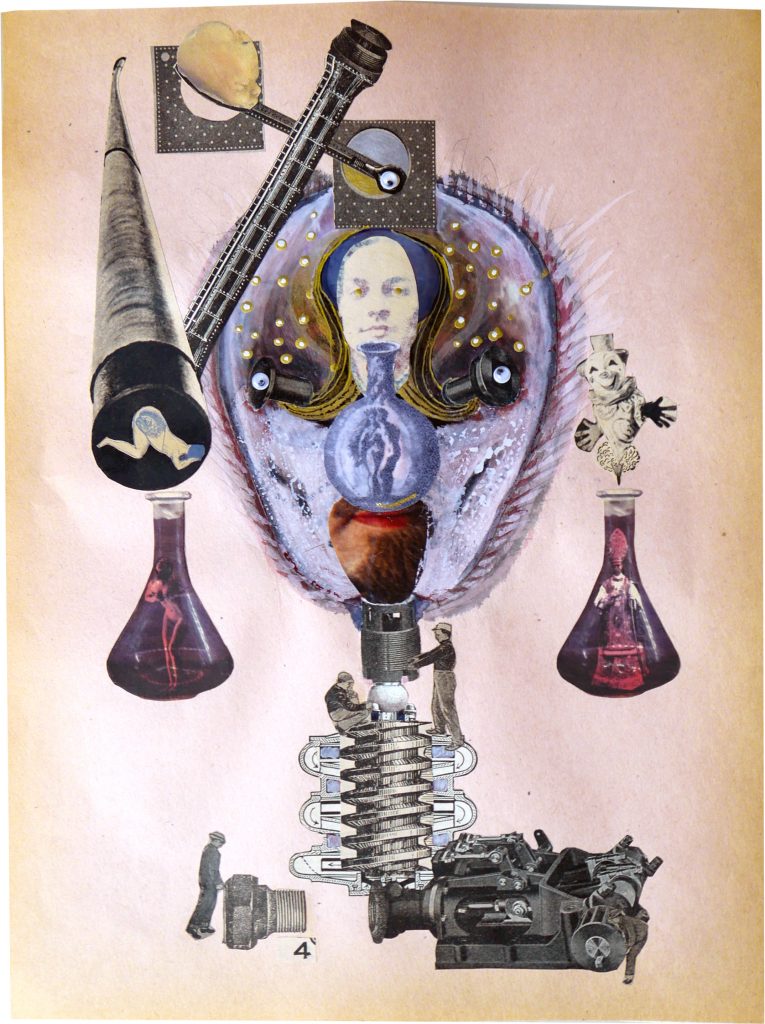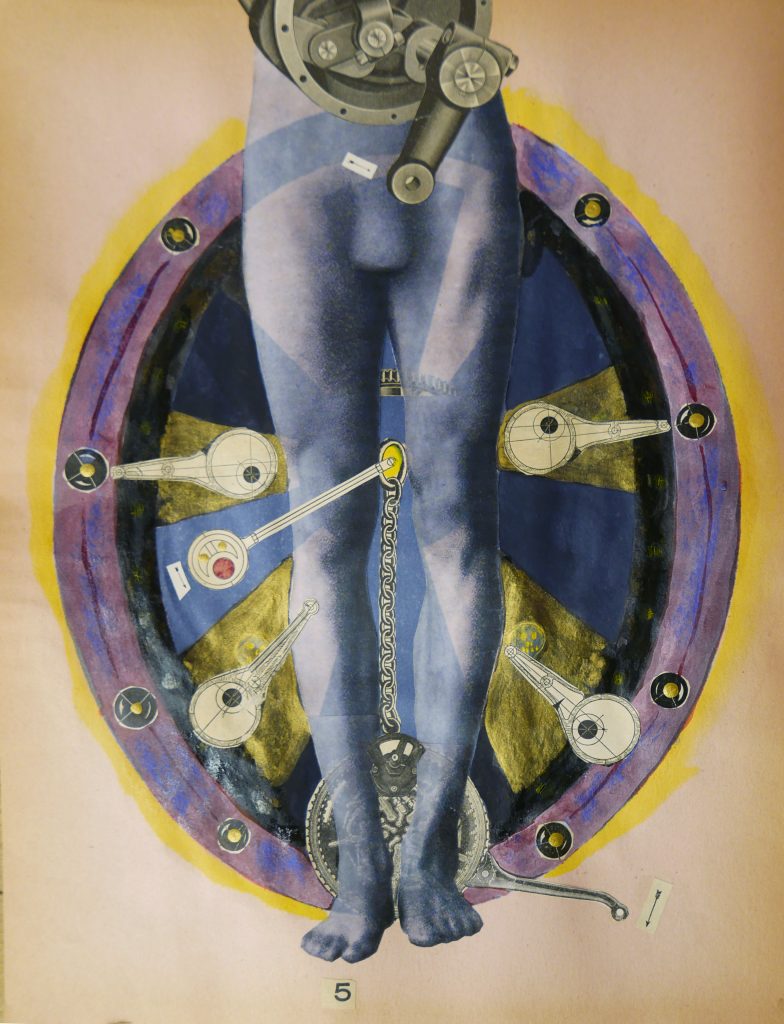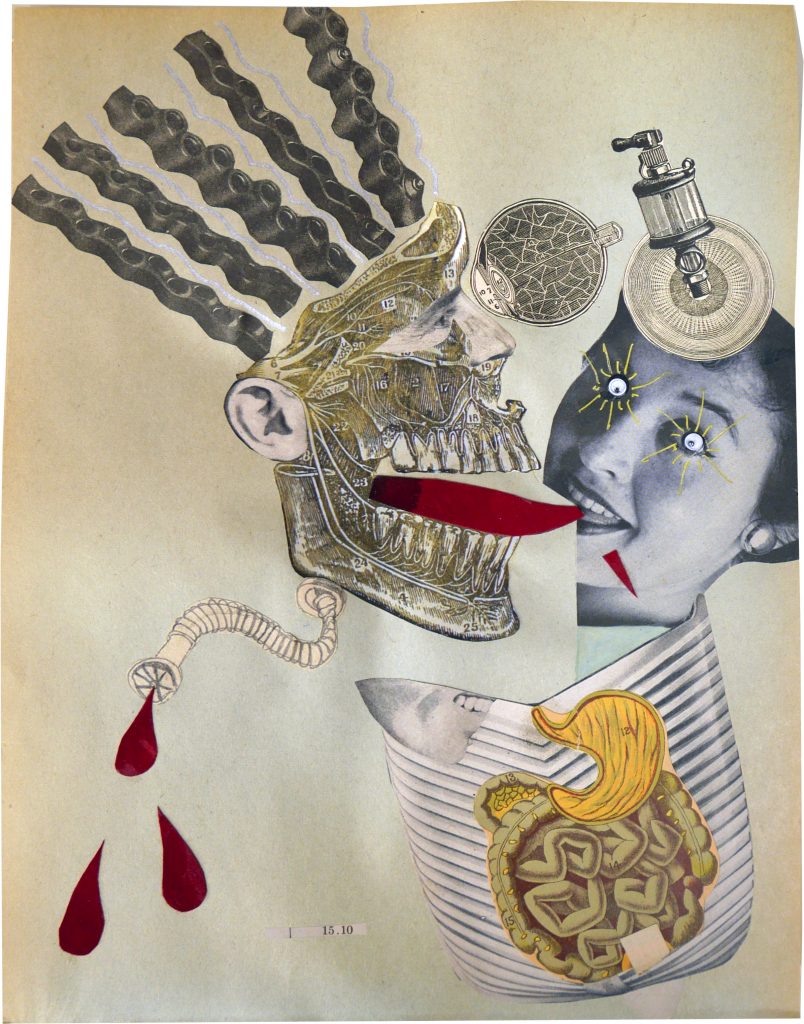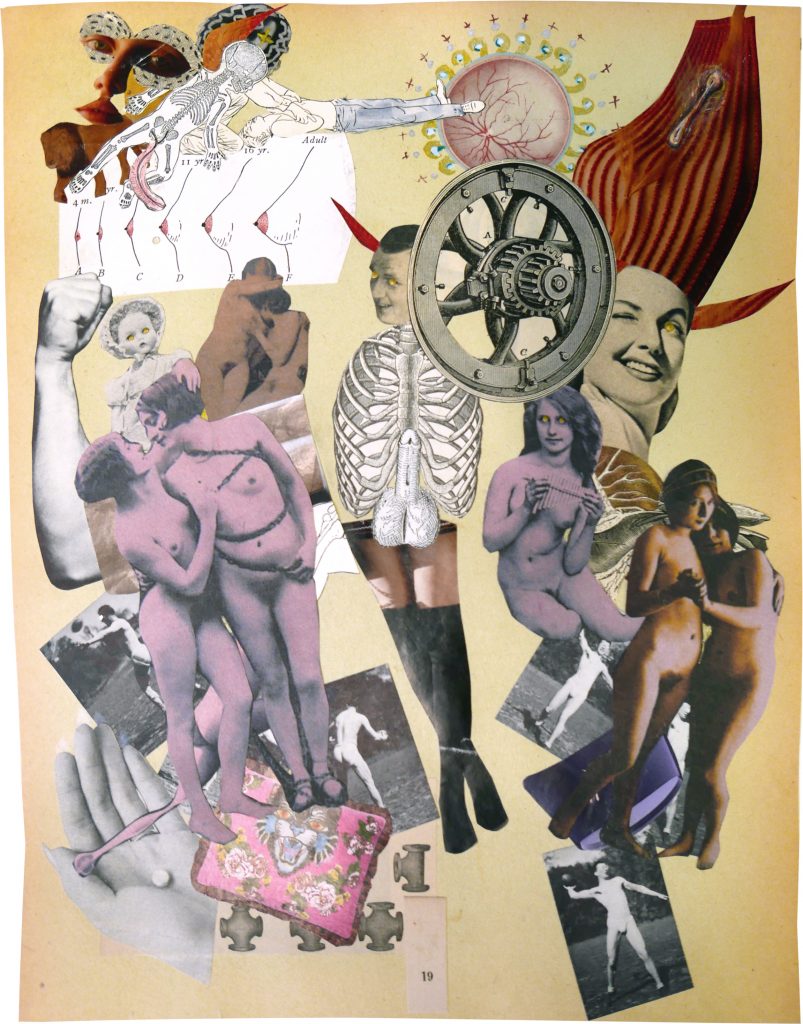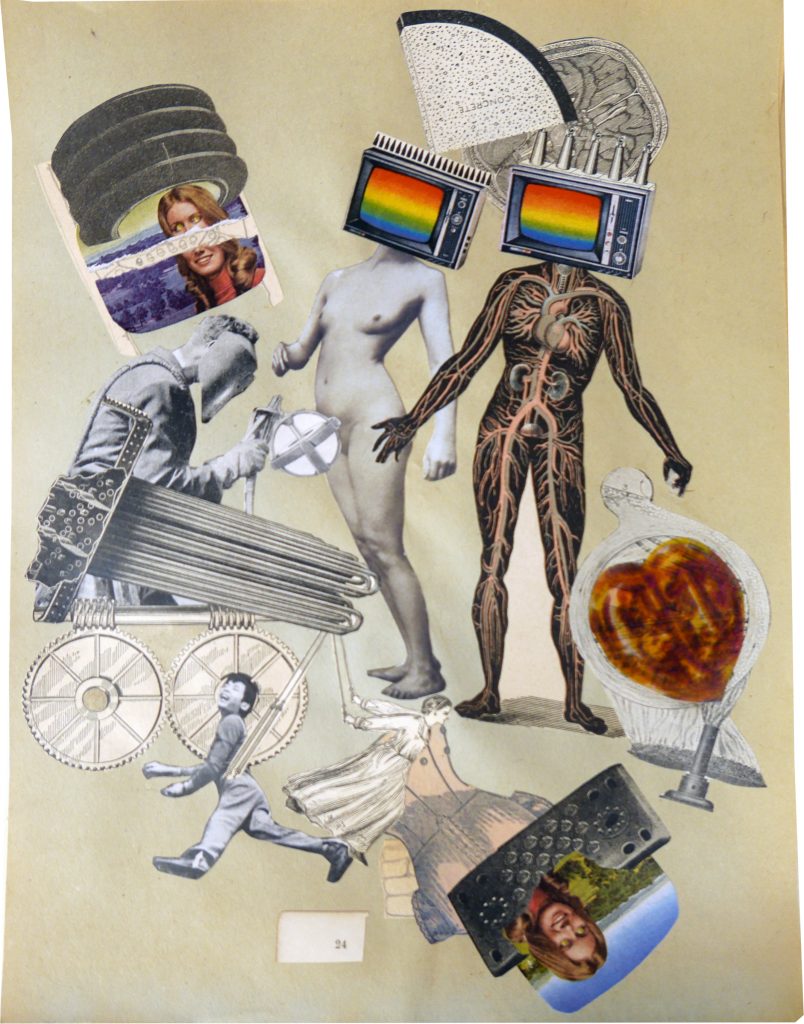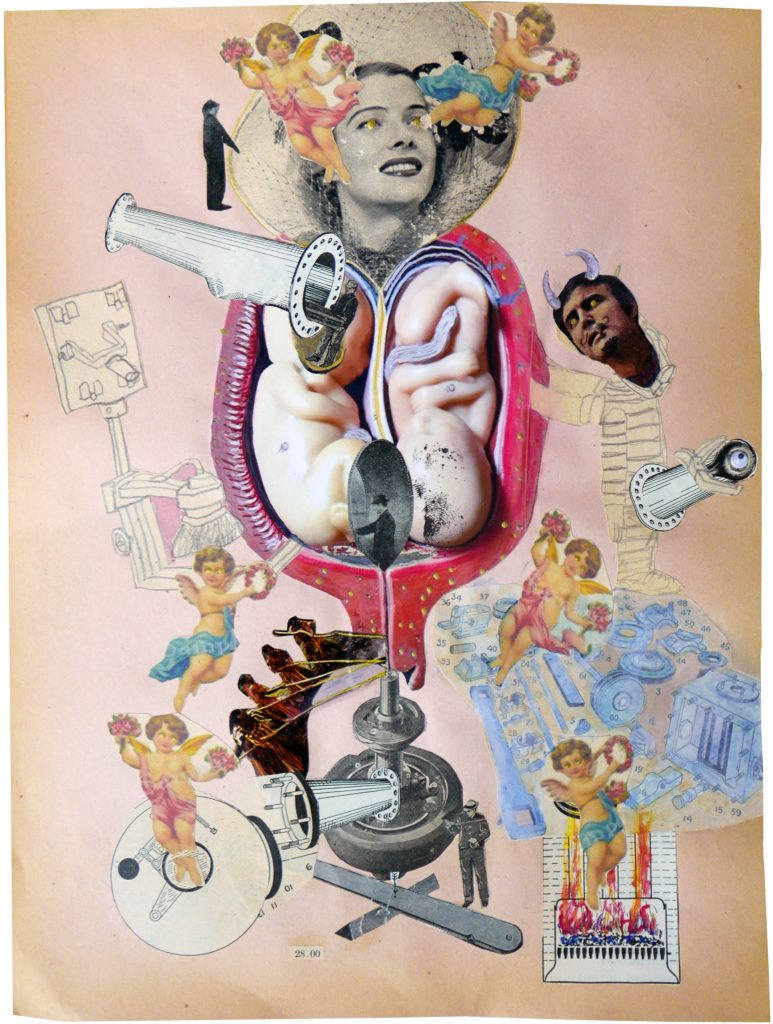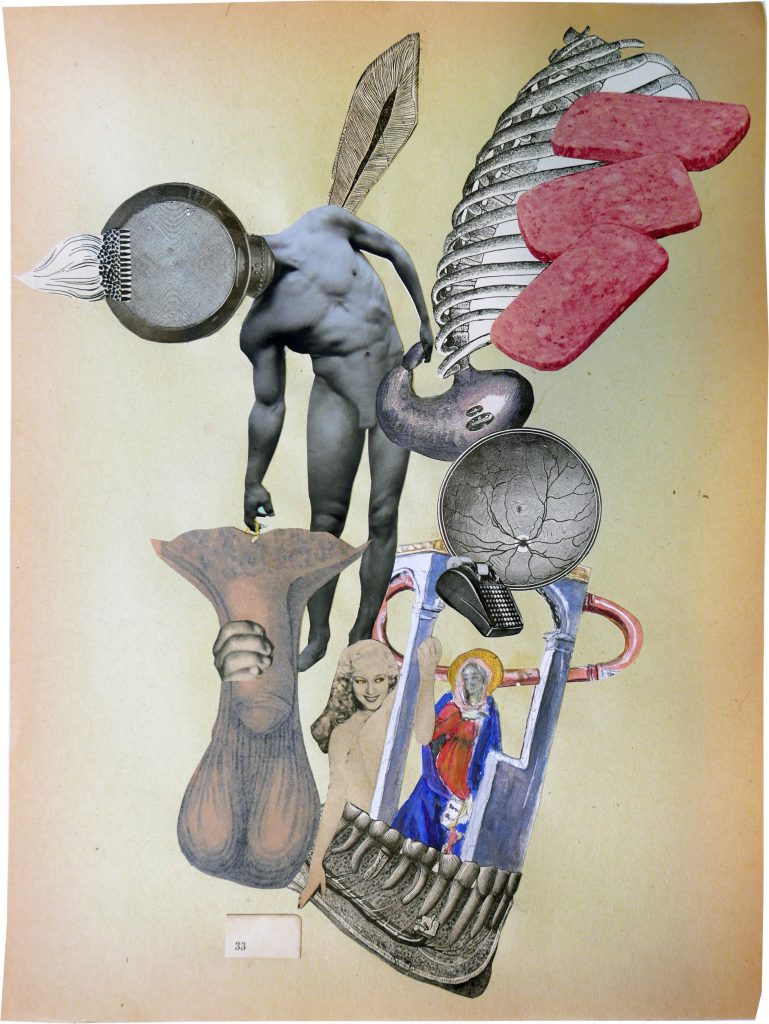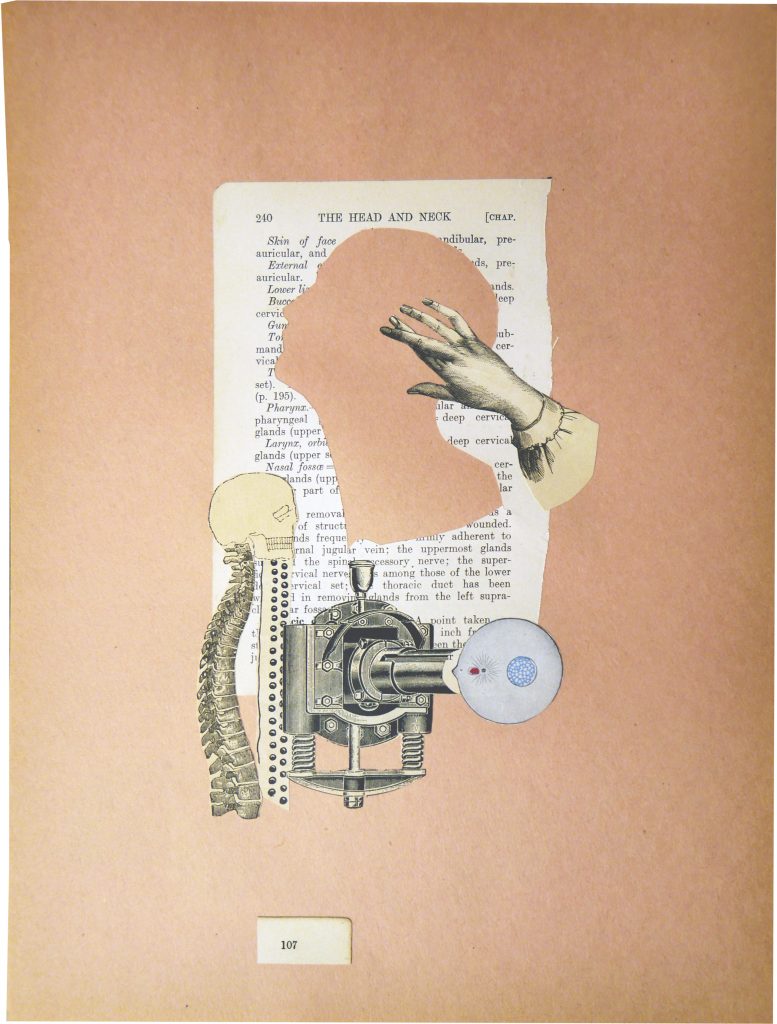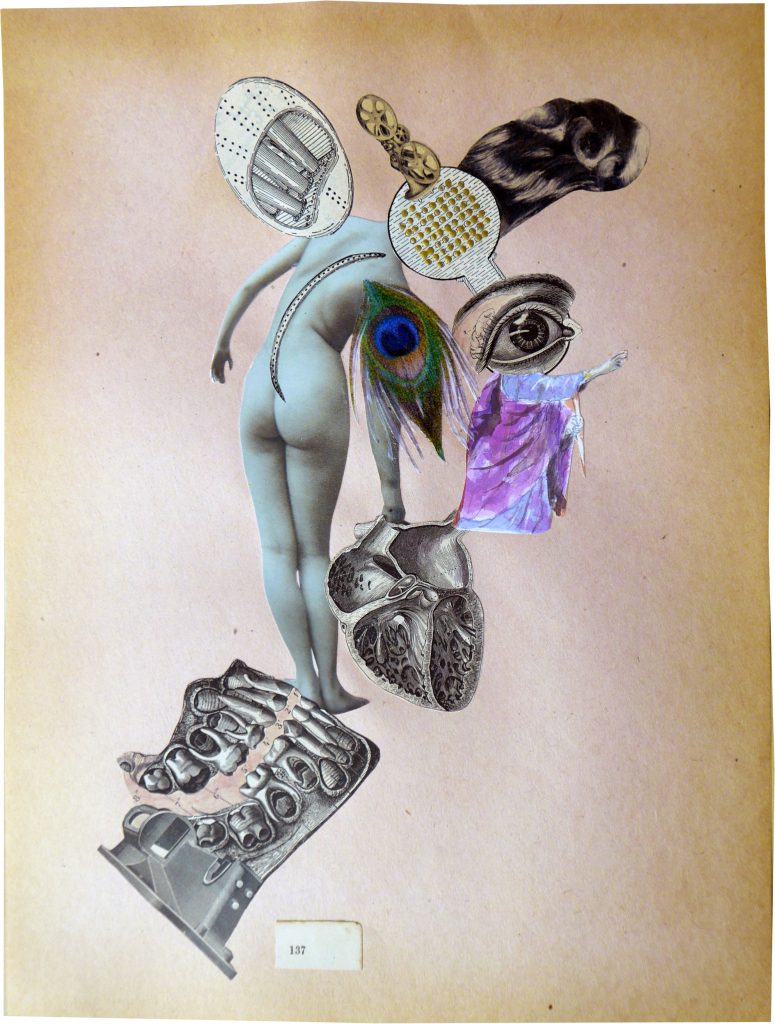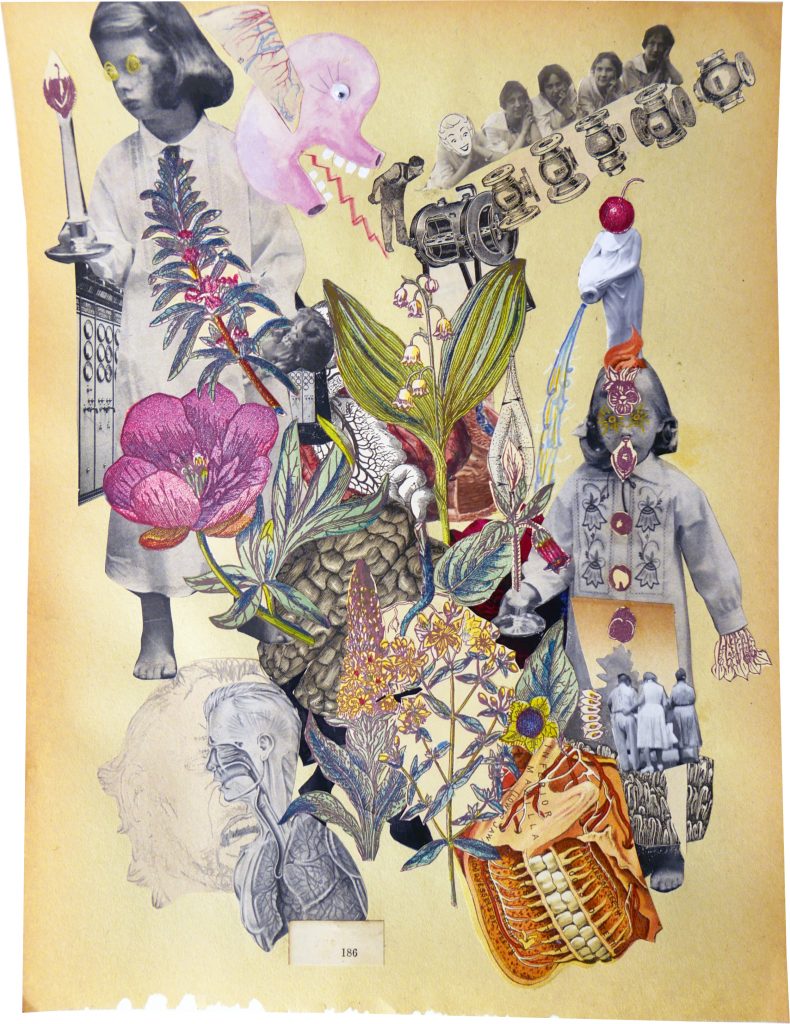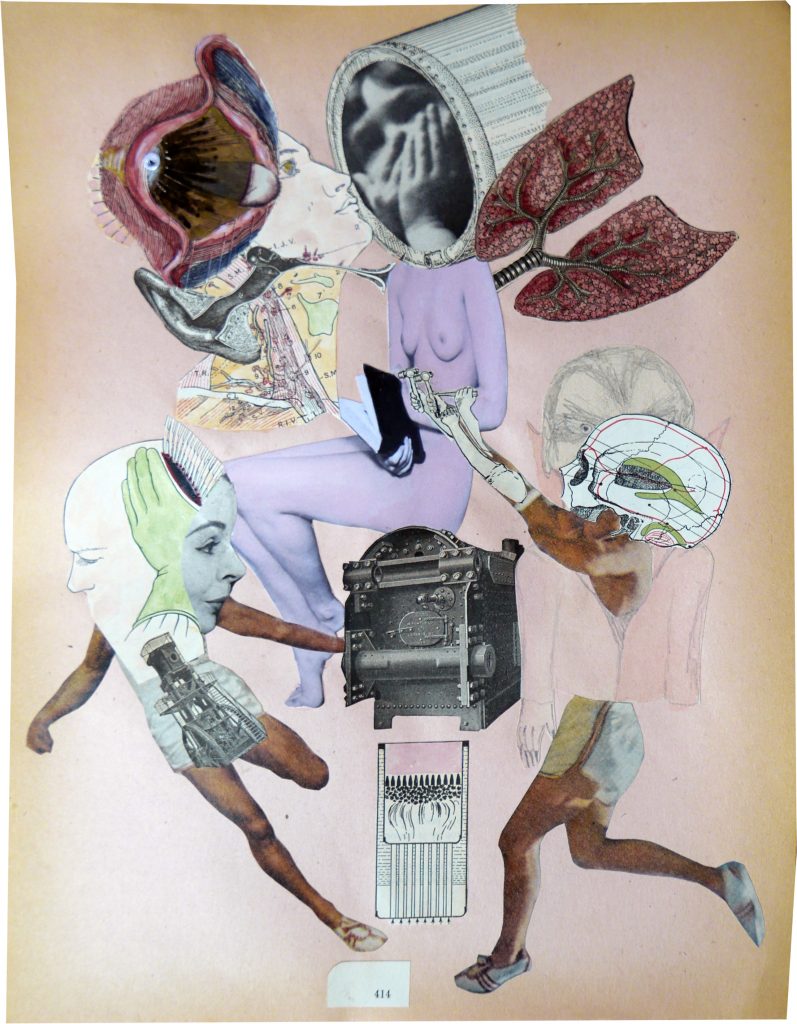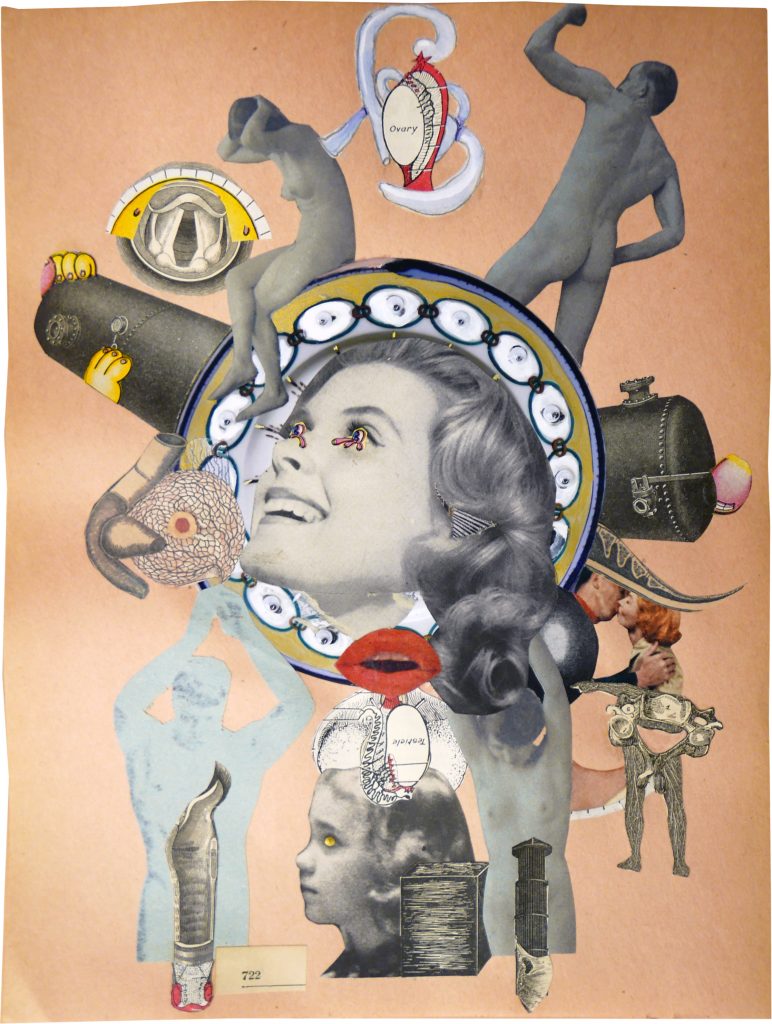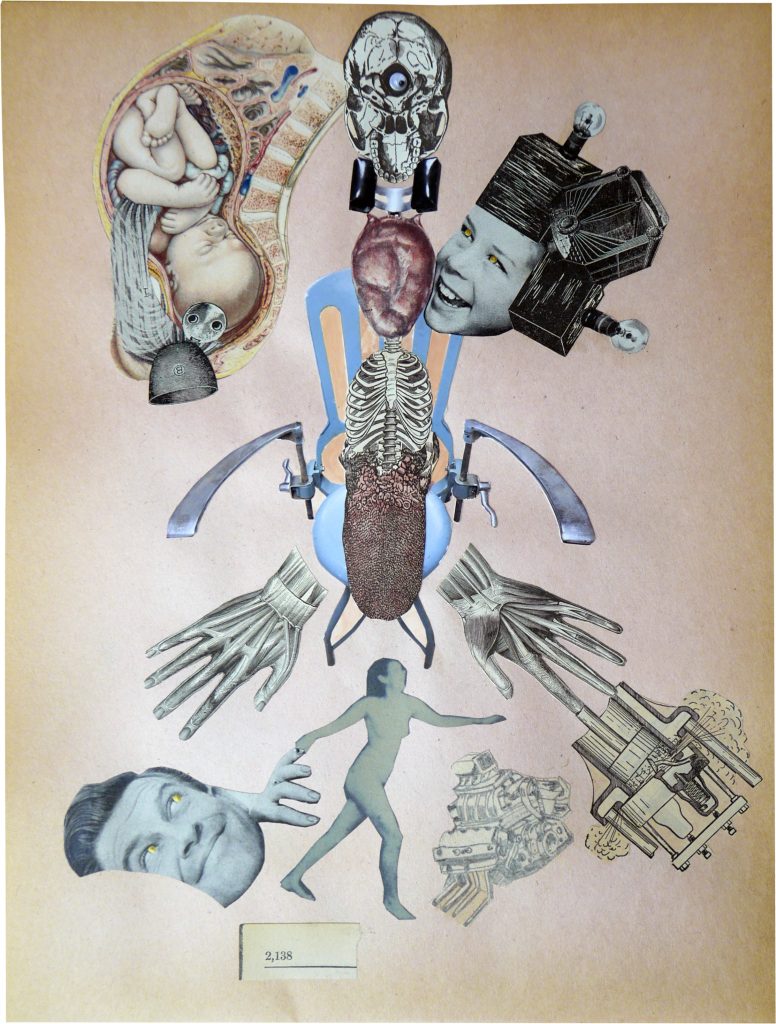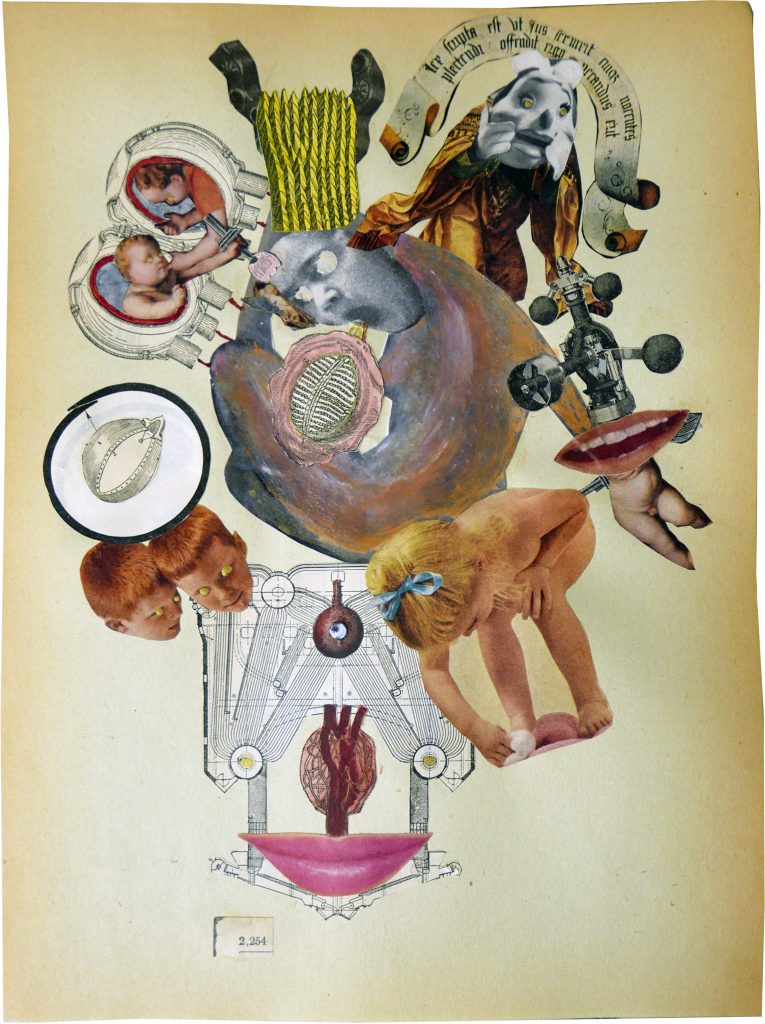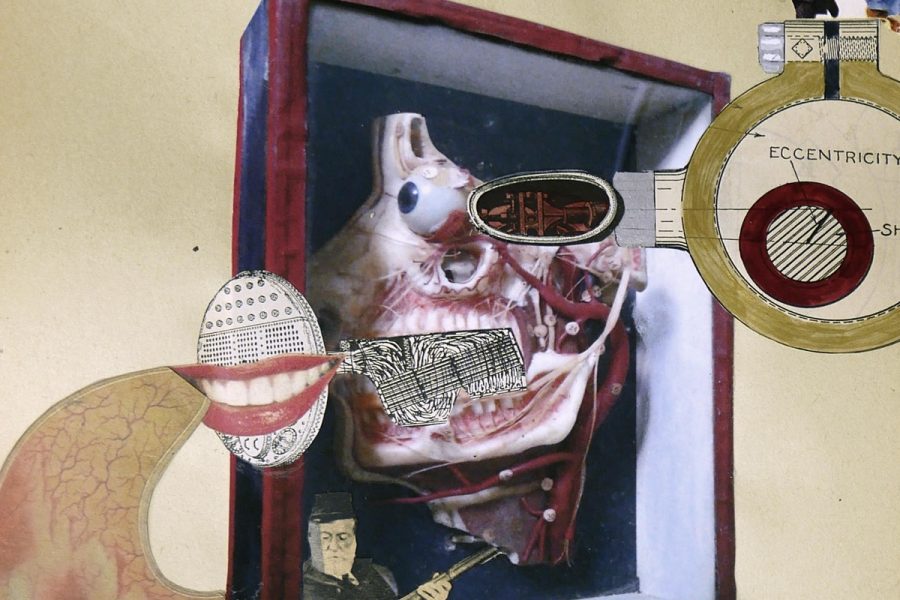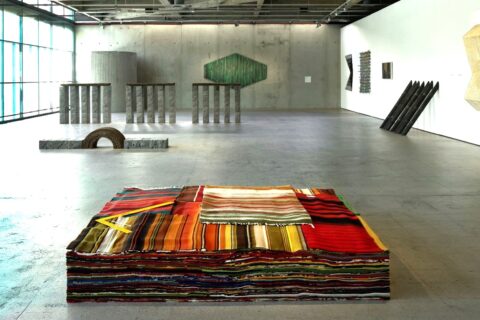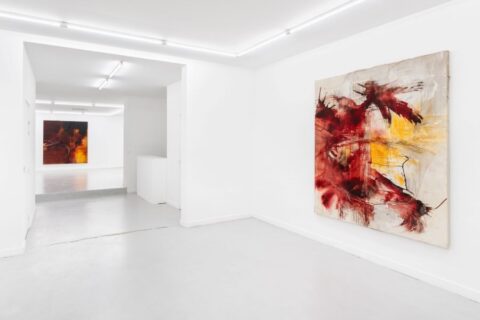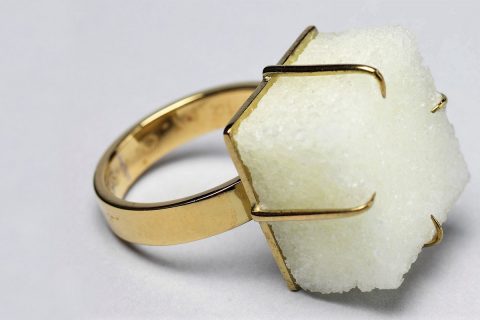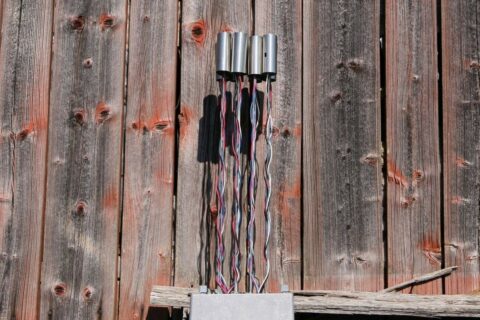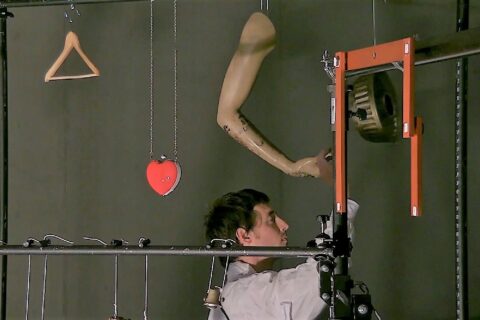“Origines Mécaniques” is a series of images that Michael Lavorgna has composed from diverce pictorial sources using a number of techniques/methods. Their aesthetic value is immediate and evident. The impact very intense and powerful. What further makes them arresting and challenging is the path they point to the subconscious, the God/sex induced inspiration welling from childhood memories: the little boy’s fascination with mechanics.
Historically …
technology owes as much to art as it owes to science. Before the ”scientific revolution”, engineers were equated with artists comparable to those with purely creative and artistic endeavors. In a respect, they were more divine than the contemporary painters and sculptors: with their technical skills and mechanical inventions they were able to put images (eg. magic lanterns, moving panorama) as well as sculptures (eg. kinetic art) in motion.
In the 19th century, people who were engaged in activities that nowadays would be classified under engineering, were still referred to as ”mechanical artists”.
Turning to the 20th century, the scientific development had already begun to trivialize technology into something only serving a narrow instrumental value (usefulness), and nothing else (with no connection to morality, nor aesthetics). Commodity (trademark) fetishism soon finished the work by alienating people from the “true nature of products”, and making them largely oblivious to the technology.
And now? As long as it works, technology has, to majority of people, become something that is correct to hide and forget. Only a very few privileged people know how it (systems, equipment) actually works. Of course, technology still keeps affecting us as it has always done, in manifold ways and on several levels, but looks as if the search for the “true meaning” (fear, optimism, nostalgia etc. etc.) is left to art and literature (quite surprisingly, much less to philosophy or social sciences).
Visual artists in particular have been active in embracing the influence of technology (machines) starting from early avant-garde, dadaism, futurism etc., via Bauhaus to various movements between 1950 – 70s, and the numerous art forms (machine art, system art, cybernetic art, process art, conceptual art etc.) of the late 20th/early 21st century.
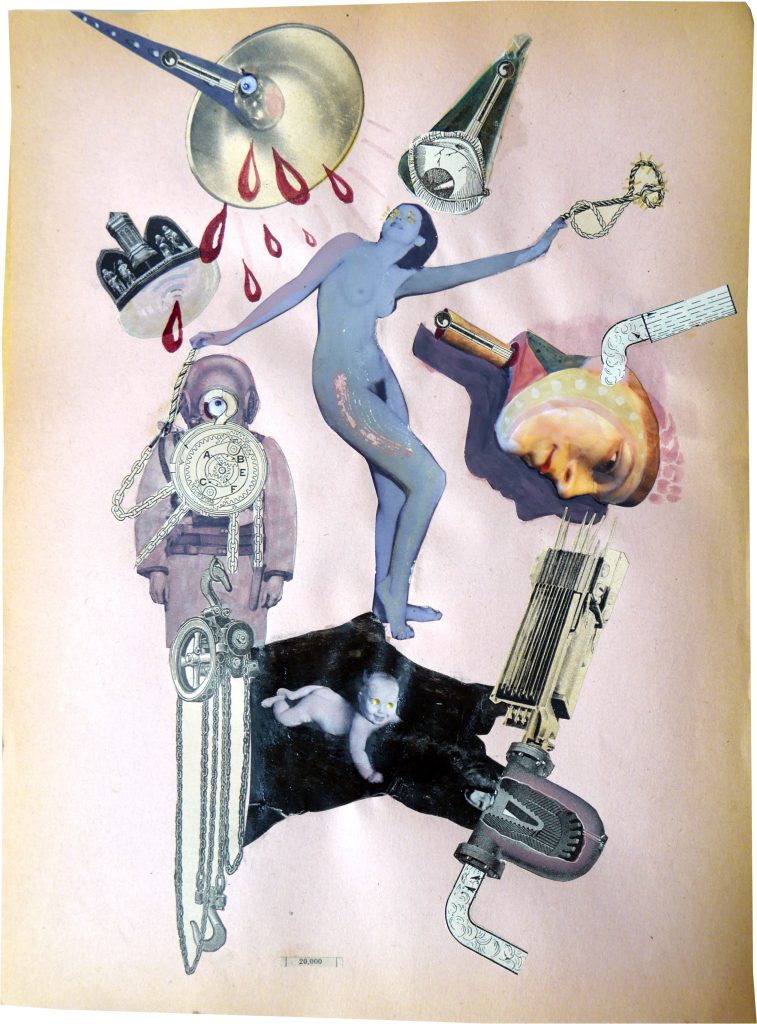 Michael Lavorgna
Michael Lavorgna
Michael Lavorgna’s ”Origines Mechaniques” is both firmly rooted in this tradition, and a valuable contribution to it. His artworks continue the century-old artistic exploration of people’s relationship to mechanical objects. With these works he joins the ranks of “machine artists” engaging with machines and technical systems.
The images, showing Lavorgna’s extensive familiarity with imagery, contain clearly recognizable representational elements (bodies, body parts, innards, lips, eyeballs, tubes, wheels, axels etc.). Nevertheless, I’d suggest that despite the figurative elements the whole is looked at as an abstraction. In terms of their composition, any of the works could have been “painted” on top of, say, Fernard Leger’s or El Lissitzky’s abstract works on mechanics and technology. But unlike these, Lavorgna is not a formalist. He’s not knowingly trying to tell us some objective story about the machines and what sort of trace they leave on us. Rather, he paints by heart drawing on his inner resources. Instead of the ”meaning”, Lavorgna is interested, indirectly more than directly, in the ”depth psychology” of mechanical objects. It would be easy to see him as a surrealist or a symbol artist, but more pertinently perhaps, an abstract expressionist.
Human beings have always used metaphors as ways of understanding the body. For 150 years or so, a very popular way to see the human body has been in terms of inner machinery using metaphors of modern industrial life (eg. light projectors, locomotives, concrete blocks etc. etc.). In many of Lavorgna’s works the human body is in the focal point, but the works aren’t about the human body. They are about mechanics and technological systems contrasted with the shape and functioning of the body. A metaphor reversed.
Here’s Lavorgna himself on his series:
“We see the world through senses honed by experience to the point where the present is perpetually ambushed. Memory intrudes at times to the point of hallucination, fear distorts, desire distracts, and so on. Life mimics artifice.
None of this is news, and none of this is tragic. Perhaps more than any other figure, after declaring I wanted to be Jesus before I knew who Jesus was, I wanted to be Gumby-diving into any book of my choosing to swim around in a world that better suited my sense of reality than the one flashing before my eyes.
I work with old images taken from medical books, textbooks, mechanics and engineering guides, pop magazines, my childhood drawings, digital prints of found photos, adding paint, ink, pencil, wax, wiggle eyes, and more.
With the Origines Mécaniques series, I cut my way through time to present pictures of the world I live in.
The mechanics and engineering guides are an integral aspect of the series. Since I was a child, I’ve been fascinated by machines; by their movement and mystery, but most of all because they are reproduced (and revered) with as much care and beauty as human anatomy.
I see machines as a yearning to break away from flesh and blood and live outside time.”
Proceed slowly and be amazed. Get to know yourself better.
